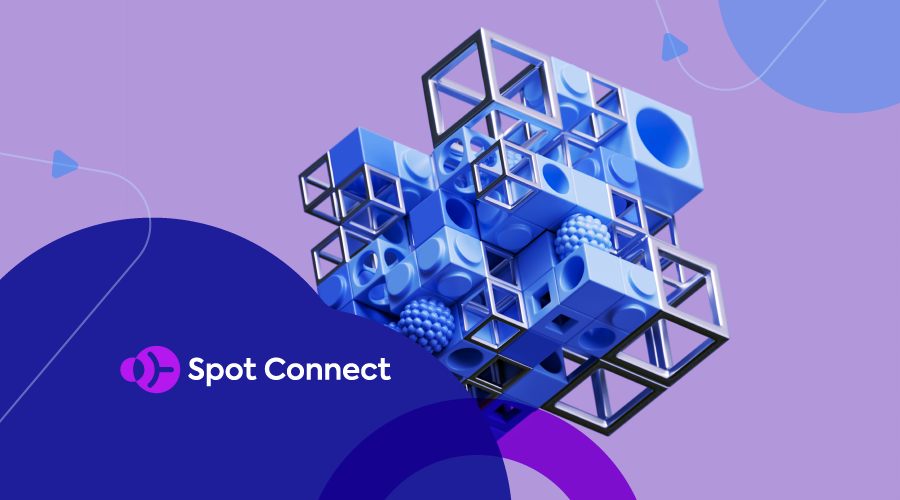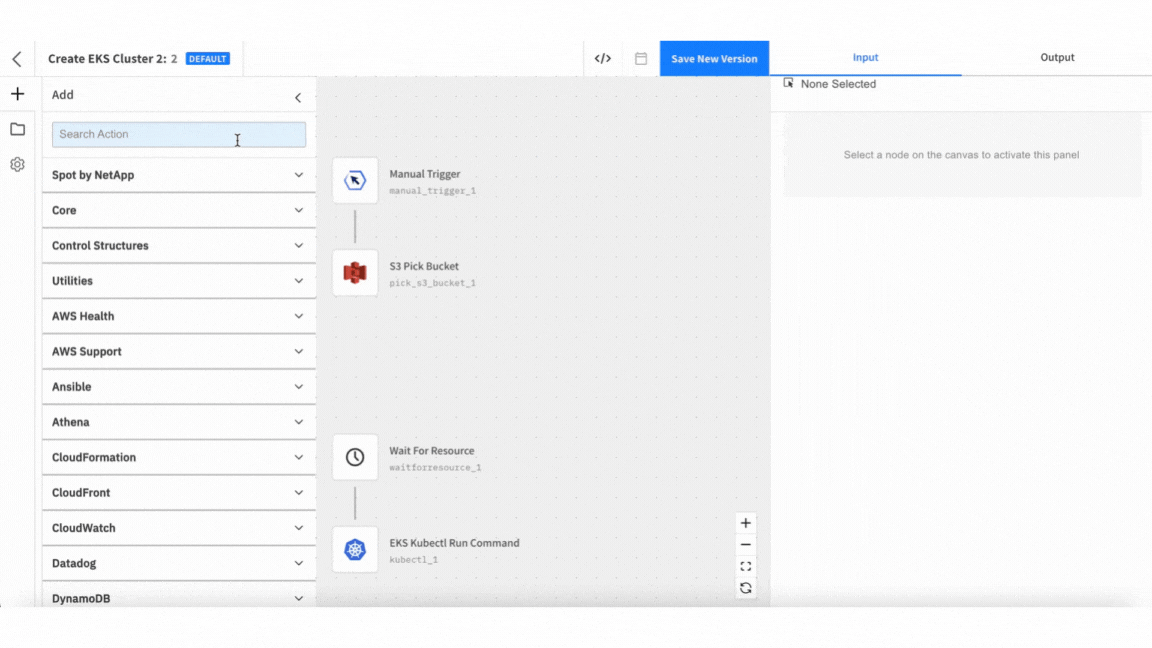
Everybody loves building blocks. The simplicity of creating models, the flexibility in changing design and purpose as the play evolves, and the endless possibilities. This is one of the reasons applications that are aimed at educating kids about programming are using the concept of no-code/low-code building blocks. My kids, for example, just love Scratch, Tynker, MakeCode Micro:bit, and of course Minecraft Education.
How do building blocks relate to CloudOps?
In today’s rapidly evolving technological landscape, businesses are constantly seeking ways to streamline their operations and increase efficiency. One popular approach to achieving this goal is through the use of process automation tools. However, many businesses face significant challenges when it comes to implementing automation, such as the high costs associated with custom software development, the time required to build and deploy custom solutions, and the technical expertise required to maintain them.
Fortunately, the rise of no-code/low-code platforms and building block systems is changing the game, allowing businesses of all sizes and technical capabilities to build powerful automation solutions without the need for extensive coding knowledge.
Building blocks for process automation
Building blocks are pre-built, reusable components that can be used to build custom applications, workflows, and automations quickly and efficiently. These building blocks can include pre-built integrations with popular tools and services, reusable code snippets, and templates for common use cases.
By using building blocks, businesses can significantly reduce the time and resources required to build and deploy custom automation solutions. Instead of starting from scratch, users can leverage existing building blocks and focus their efforts on customizing and configuring them to fit their specific needs.
No-code/low-code process automation
No-code/low-code solutions take the concept of building blocks a step further, providing non-technical users with a visual, drag-and-drop interface for building custom automations without the need for any coding knowledge.
These solutions typically include a library of pre-built building blocks that can be easily combined and configured to create custom workflows and automations. Users can drag and drop building blocks onto a canvas and connect them with visual connectors to define the flow of data and actions.
This is exactly what Spot Connect will do – enable No-Code/Low-Code Process Automation for the Spot portfolio of integrated solutions, so users will be able to:
- Increase efficiency: Build and deploy custom automations quickly and efficiently, without the need for extensive coding knowledge or custom development.
- Lower costs: By using pre-built building blocks and visual interfaces, businesses can significantly reduce the costs associated with custom software development.
- Empower non-technical users: Spot Connect allows non-technical users to build and maintain custom automations, reducing the burden on DevOps, IT, and development teams.
- Increase agility: Spot Connect allows businesses to quickly adapt to changing business needs by enabling non-technical users to make changes to their automation workflows without the need for IT or development support.
Creating an EKS cluster with Spot Connect’s low-code/no-code automation
Streamline your cloud operations with Spot Connect
Spot Connect is a powerful no-code/low-code tool for businesses looking to streamline their Cloud Operations with Spot’s portfolio of solutions and increase efficiency through process automation. By leveraging pre-built components and visual interfaces, businesses can significantly reduce the time and costs associated with custom software development while empowering non-technical users to build and maintain their own automation workflows.
There are still many use cases for us to explore around all the different Spot services, which includes onboarding and large-scale configuration changes across multiple Spot Ocean clusters and Elastigroups, as well as running workflows off events that are triggered from Spot’s Notification Center.
As Spot Connect is now available for private preview, we are looking for select design partners to further explore additional use cases that can solve real-life CloudOps automation challenges. If you are interested, please reach out to your Spot contact person.


